The Republic of Poland, referred to as Poland, is located in the central part of Europe, with Warsaw as its capital. The whole territory of Poland has a flat terrain and is rich in mineral resources. The main ethnic group in Poland is the Polish nation, in addition to there being German, Belarusian, Jewish and other minority groups. Most residents believe in Roman Catholicism, and the official language is Polish. Poland’s flag is in the shape of a rectangle, which is composed of parallel horizontal rectangular white and red blocks. Among them, white symbolizes purity and represents the silver eagle; red symbolizes the blood of the heroes who fought for independence.

Poland is a country with a long history and also one of the top ten tourist countries in the world. It has 14 UNESCO World Heritage Sites. With its ancient and colorful buildings, immortal castles and churches, and beautiful natural landscapes, every year, many tourists from all over the world come to travel. Whether you want to pursue history, art, or natural scenery, you can come to Poland to have a good experience.
- Historical city: Warsaw (Polish: Warszawa)
Warsaw is the capital of Poland and the capital of the Masovian province, located on both sides of the Vistula River in the middle of Poland. It is the ninth largest capital city in the European Union and has a skyline composed of many ferris wheel buildings in a few cities in Europe, along with Frankfurt, London, Moscow, and Paris. It is also one of the cities with the best greening in the world. Poland has a different style of Eastern Europe, and the capital Warsaw presents a bright and modern urban style.
Warsaw has always maintained the layout of the old city and the new city, and various historical memorials and places of interest are mostly concentrated in the old city area, especially the magnificent palaces, huge churches, and various castles. The old city of Warsaw is an older area in the city of Warsaw in Poland. The buildings here are later restored and rebuilt. The heart of the old city of Warsaw is the Old Town Market Square, surrounded by restaurants, cafes, and shops. In addition, there are also other attractions, such as the Mermaid statue, the Old Town Square, the Curie Museum, and so on. And the Warsaw Mermaid statue is located on the west bank of the Vistula River in Warsaw, which is the symbol of the heroic city of Warsaw.
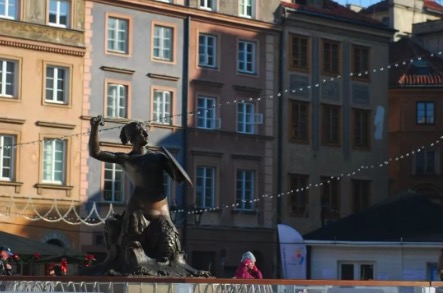
- Medieval ancient capital: Kraków (Kraków)
Kraków is the largest industrial city in southern Poland and also the second largest city in Poland. It is located on both sides of the upper reaches of the Vistula River, is the capital of the Kraków province, and one of the oldest cities in central Europe and the hometown of the Wiśla people. Kraków has a deep historical and cultural heritage and once was the political, trade, cultural, and educational center of Poland.
When you come to Kraków, you must go for a walk in the central square here (Rynek Glowny). This square is claimed to be the largest medieval square in all of Europe and also the most exciting place in Kraków. It is worth mentioning that the Textile Hall in the center of the square has been converted into a shopping mall and museum, where the stalls sell various Polish folk handicrafts such as amber, wooden plate utensils, and Polish dolls.
And here there is also a Basilica of the Virgin Mary (Polish: Kościół Mariacki), which is known for Fait Stoss’s Gothic wooden altar. The church was built in the 14th century, with beautifully decorated interiors that incorporate the styles of Gothic, Renaissance, and Baroque architecture, and the architecture of the main hall has also been emulated by many churches built by overseas Poles.
- Polish Pearl: Wrocław (Polish: Wrocław)
Wrocław is the fourth largest city in Poland and also the second largest financial center in Poland after Warsaw. It is located on the Oder River in southwestern Poland and has been the capital of the Lower Silesian province since 1999. Wrocław is one of the fastest-growing cities in the Polish economy and also one of the largest railway hubs in Europe. It is also the second largest freight station in Poland. It is known as the most beautiful city in Poland. In 2018, it defeated well-known tourist destinations such as Milan, Paris, Amsterdam, Vienna, and Prague, and won the title of the best tourist destination in Europe as Poland’s representative.
The central square of Wrocław is also one of the largest city squares in Europe. There are many unique buildings inside the square, including the city hall, one of the few buildings that survived during World War II. The interior is decorated in the Gothic style and is now open as a museum for tourists to visit.
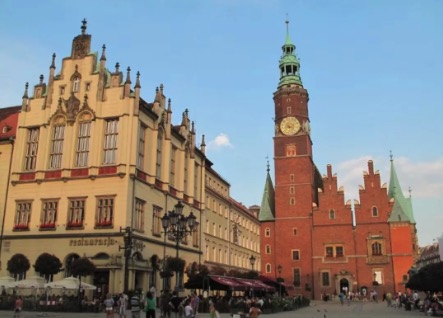
Wrocław is also an important cultural center in Poland, with 14 museums, 10 theaters, 15 art galleries. In addition, there are also philharmonic concert halls, operas, etc., and annual cultural events such as the jazz music festival are also held every year.
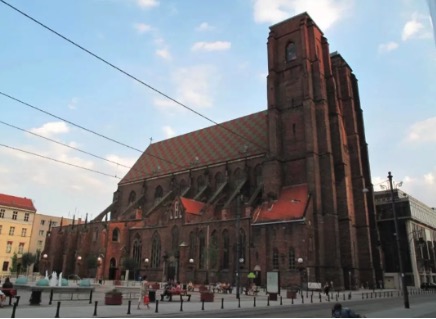
In fact, in Poland, there are many lake views worth our going to appreciate, such as the Masurian Lake Region, the lake area in Poland. Located in the northeastern part of Poland, this area is dotted with numerous lakes, with as many as 2,700, collectively referred to as the “Masurian Lake Group”, also known as the “Thousand Lake Area”. Among them, the largest is Sinyaldeve Lake, which is also the largest lake in Poland. Sinyaldeve Lake is in the western border of the Suwauk province in the northeast, 23 meters deep, with an elevation of 116 meters above sea level. The lake shore is tortuous with many small bays and harbors, and is rich in fish, among which there are also rare birds such as dumb swans and goshawks.


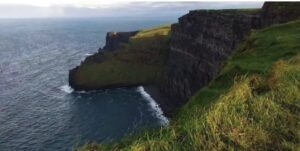
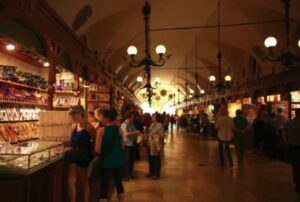
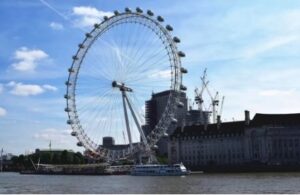
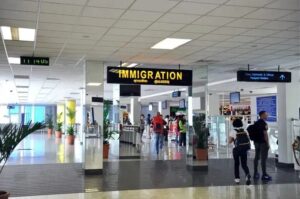
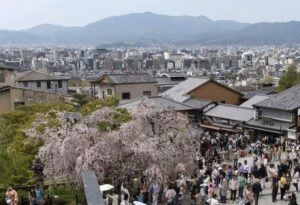

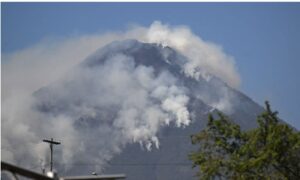
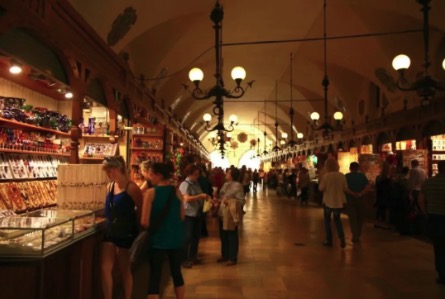
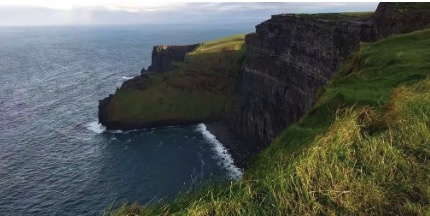
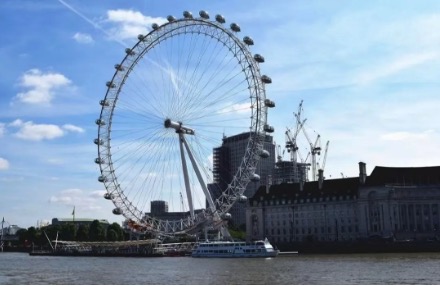
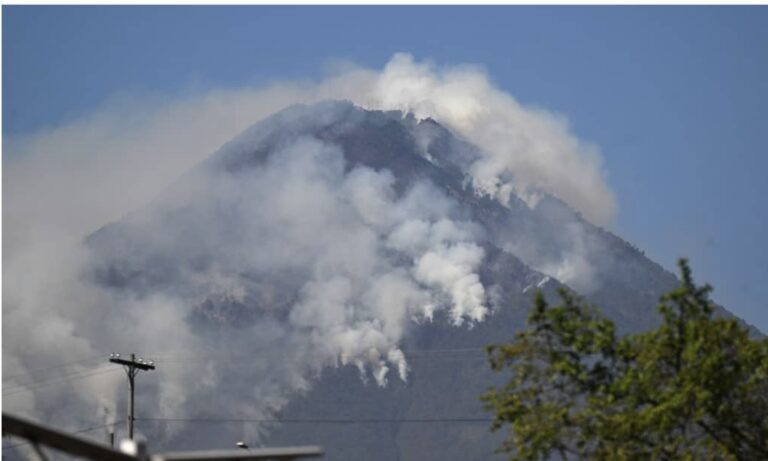
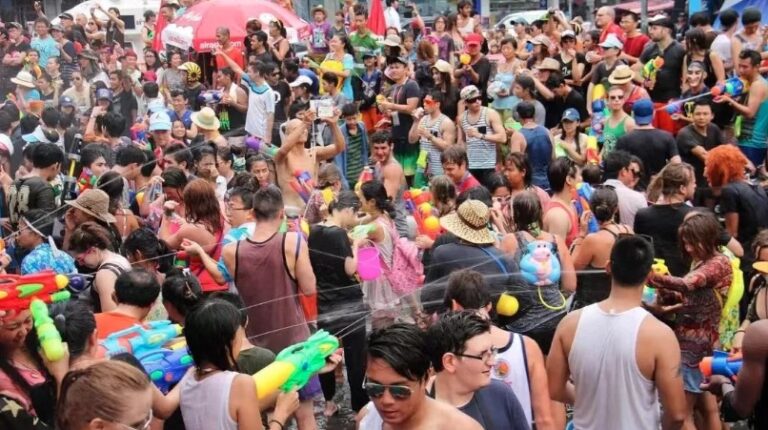


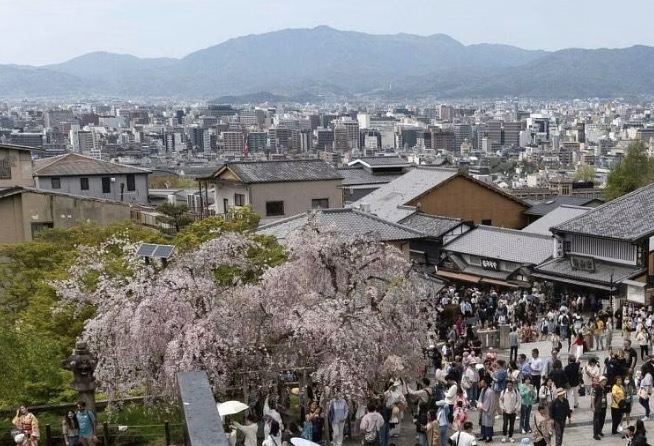

+ There are no comments
Add yours